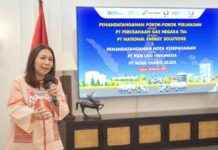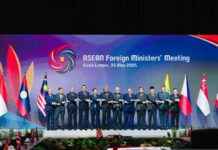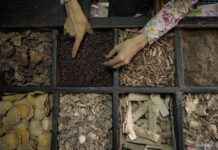History of Prostitution in Indonesia: An Intriguing Journey from Past to Present
Prostitution, a social phenomenon that has existed throughout human history, has undergone numerous transformations in Indonesia. The story of how this practice originated, evolved, and persisted is filled with intricacies and complexities that have shaped Indonesian society. Let’s delve deeper into the history of prostitution in Indonesia and its impact on the community.
From the Mataram Kingdom to Colonial Times: Shaping Cultural and Political Dynamics
During the peak of the Mataram Kingdom, prostitution was often viewed in the context of culture and power. It was sometimes associated with religious ceremonies or cultural rituals, where women were considered symbols of fertility and luck. However, on the flip side, prostitution was also used as a political tool to strengthen diplomatic relations between kingdoms.
For instance, in some religious ceremonies, women involved in prostitution were seen as symbols of fertility, believed to bring luck and prosperity to the kingdom. This practice also highlighted how women were used as instruments in power politics, showcasing the complexity of their roles in society at that time.
The Colonial Era: Transformative Changes Under Dutch Rule
During the colonial period, particularly under Dutch rule, prostitution underwent significant transformations. The colonial government established localization in various major cities such as Batavia (now Jakarta), Semarang, and Surabaya. Localizations were places where prostitution was regulated and controlled by the colonial authorities.
The establishment of localization aimed to control the spread of sexually transmitted diseases, a serious issue at the time, and secure fiscal profits from the sex industry. However, behind these reasons, localization also reinforced the exploitation of women, often trapped in cycles of poverty and violence.
Post-Independence: Evolving Forms of Prostitution in the Modern Era
After Indonesia gained independence, prostitution continued to exist albeit in different forms. Prostitution still occurs underground in various major cities, while online prostitution is also emerging as a new phenomenon. Technological advancements have made it easier for clients to connect with sex workers.
With stricter regulations and law enforcement against prostitution, many sex workers are forced to operate underground. This underground prostitution is often more dangerous due to the lack of legal and health protections for sex workers. They often work in high-risk conditions without access to adequate healthcare and protection.
Modern Social Debates: Balancing Moralism and Realism
In the modern era, prostitution remains a heated social debate. Many advocate for the protection and rights of sex workers, while others call for strict actions against prostitution, seen as damaging morality and human dignity. This debate reflects the tension between moralistic views seeking to eradicate prostitution and realistic views acknowledging its existence.
The struggle for sex workers’ rights includes demands for legal protection, access to healthcare services, and recognition of their work. By providing proper protection and recognition, it is hoped that sex workers can live and work in safer and more dignified conditions.
In conclusion, prostitution is a complex social phenomenon that has been part of Indonesia’s long history. From the Mataram Kingdom to the digital era, prostitution has continued to evolve and adapt to changing times. Despite being a controversial topic, it is essential to view prostitution from a broader and more humane perspective.






















